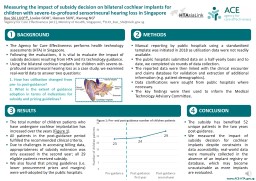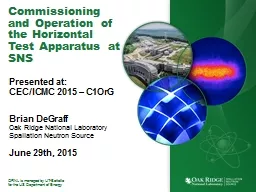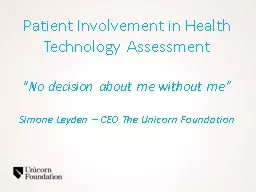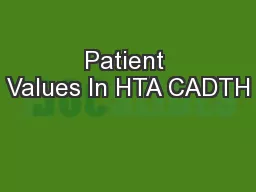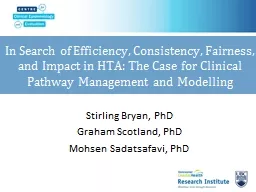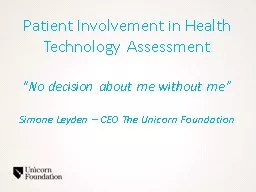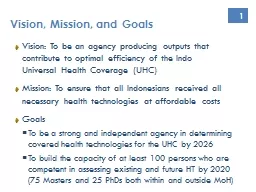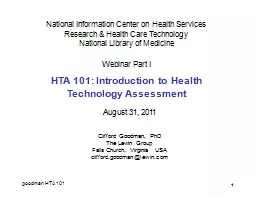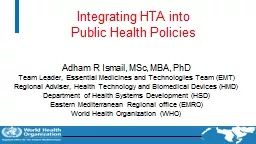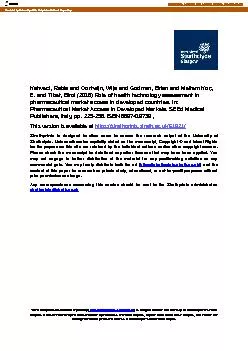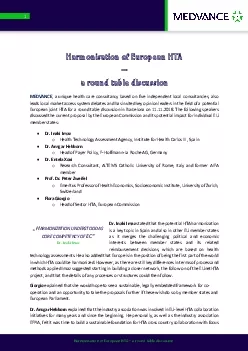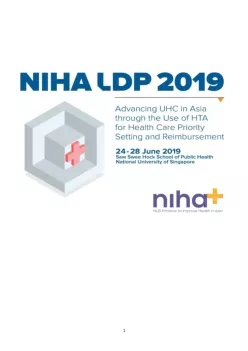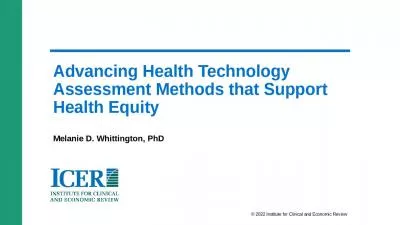PPT-BACKGROUND The Agency for Care Effectiveness performs health technology assessments
Author : arya | Published Date : 2024-02-02
Following the evaluations it is vital to evaluate the impact of subsidy decisions resulting from HTA and its technology guidance Using the bilateral cochlear implants
Presentation Embed Code
Download Presentation
Download Presentation The PPT/PDF document "BACKGROUND The Agency for Care Effec..." is the property of its rightful owner. Permission is granted to download and print the materials on this website for personal, non-commercial use only, and to display it on your personal computer provided you do not modify the materials and that you retain all copyright notices contained in the materials. By downloading content from our website, you accept the terms of this agreement.
BACKGROUND The Agency for Care Effectiveness performs health technology assessments: Transcript
Download Rules Of Document
"BACKGROUND The Agency for Care Effectiveness performs health technology assessments"The content belongs to its owner. You may download and print it for personal use, without modification, and keep all copyright notices. By downloading, you agree to these terms.
Related Documents

